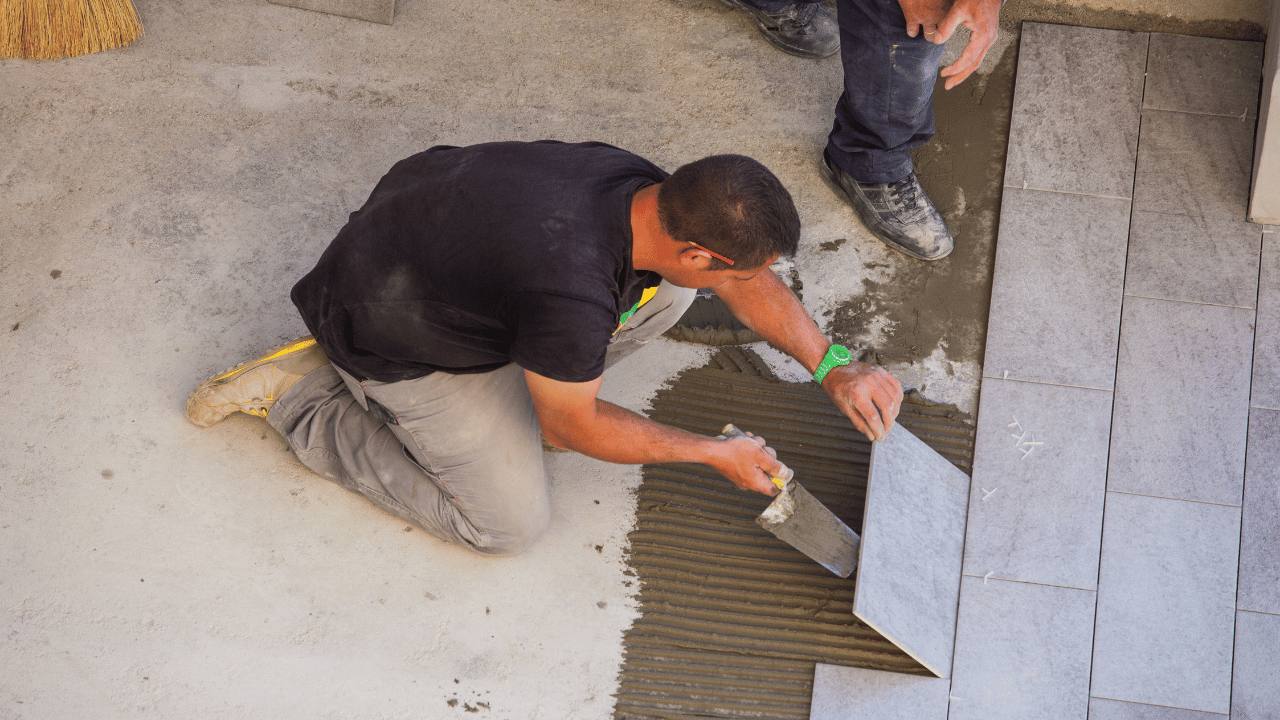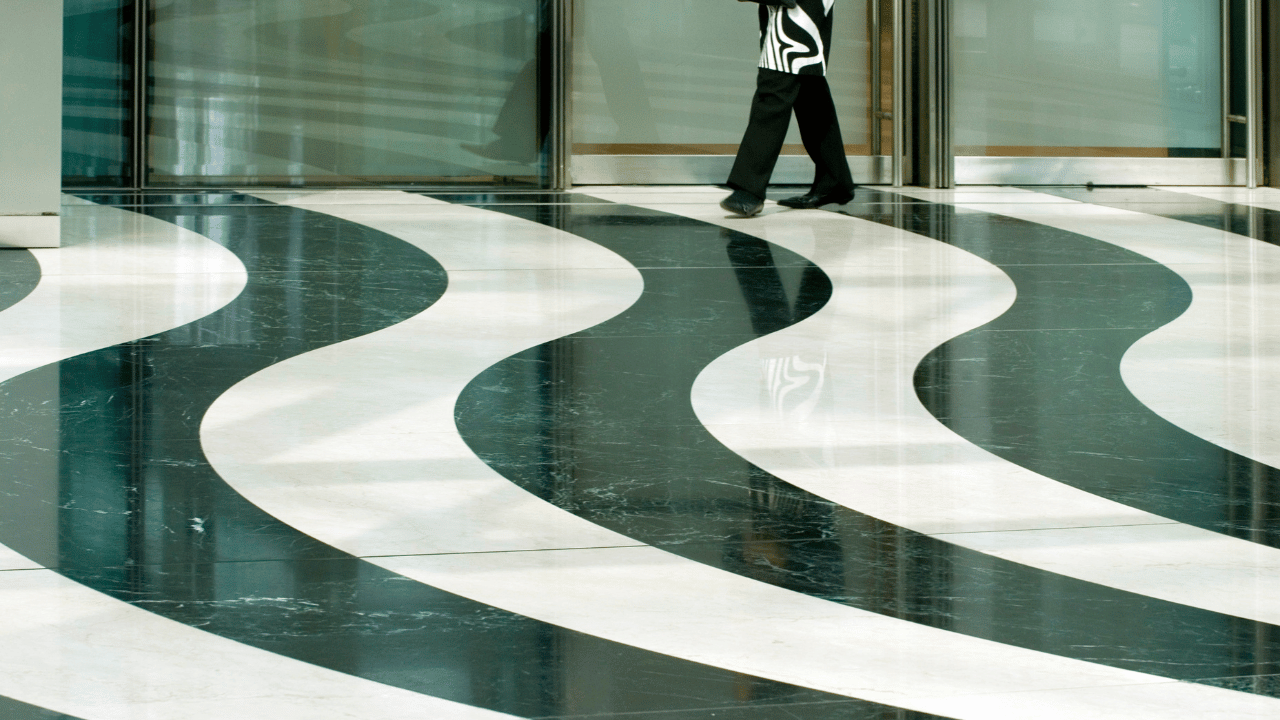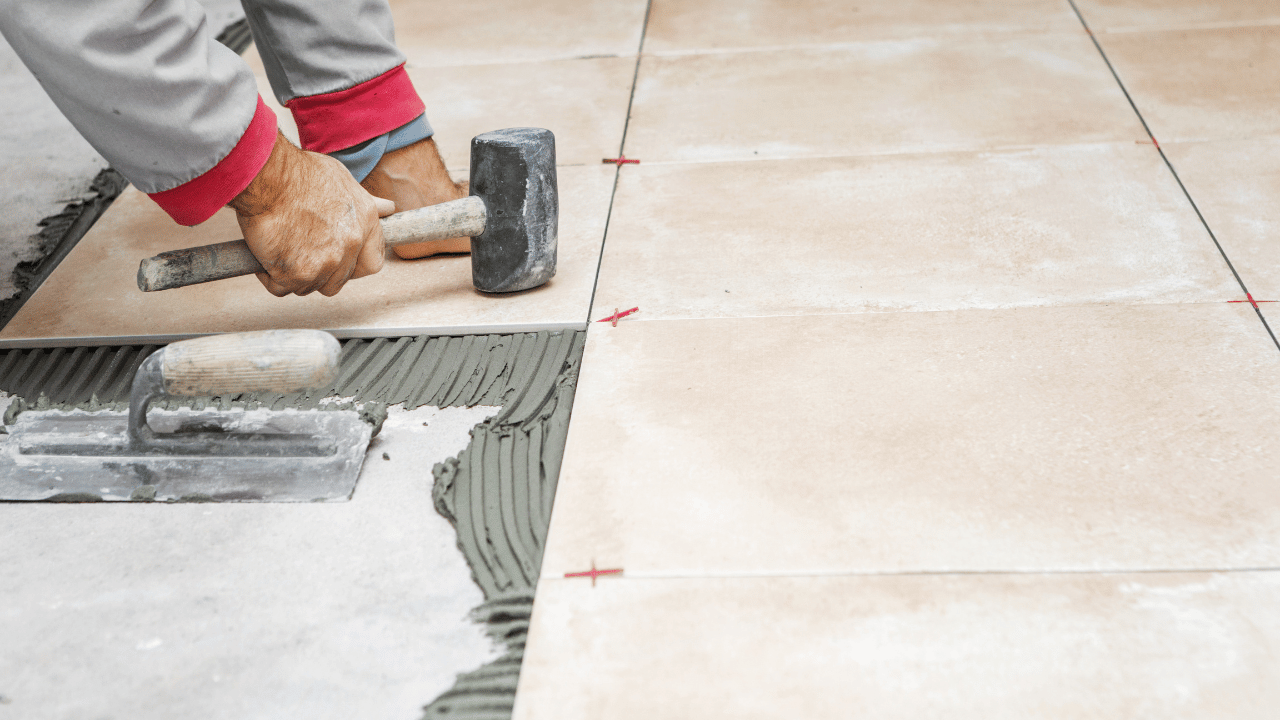Last Updated on September 7, 2023 by Pro Handyman Australia – Editorial Team
Tiles come in a plethora of combinations, encompassing a wide range of sizes, textures, and colors. This ensures that there’s a perfect match for every individual’s taste and every design style one can envision.
Durability: Withstanding the Test of Time
One of the standout features of tile is its durability. Its resilience makes it an excellent choice for areas that experience a high footfall, ensuring longevity without compromising on aesthetics.
Simplifying Your Tile Purchase
Navigating the expansive world of tile can be overwhelming, but our Tile Buying Guide is here to streamline your journey. By delving into the varied options, you’ll find the ideal tile that blends functionality with style.
Tile flooring, often seen adorning bathrooms and kitchens, can be a versatile choice for various areas within a home. The two primary forms of tile are ceramic and porcelain, and understanding the distinction between them is crucial for informed tile selection.
Dive into Different Tile Types

Each type of tile comes with its unique set of features and recommended applications. Let’s explore them.
Porcelain Tiles Porcelain tiles undergo a firing process at high temperatures, resulting in a dense and moisture-resistant tile. These tiles are known for their durability and longevity.
- Recommended applications: walls, floors, and shower floors.
Ceramic Tiles Crafted from clay and other minerals, ceramic tiles are fired in a kiln and then given a glazed color. The glazing process infuses them with vibrant colors and gives them a glass-like finish.
- Recommended applications: walls, showers, and shower floors.
Natural Stone Tiles For those who prefer an authentic touch, natural stone tiles provide durability coupled with natural color variations. To enhance their water and stain resistance, it’s advisable to seal these tiles, especially if they’re intended for shower floors.
- Recommended applications: walls, floors, and shower floors.
Cement Tiles Produced by pouring into molds, cement-bodied tiles can either be fired or left to dry naturally. They offer a unique opportunity for customization – you can add color to the mortar for a tailored appearance. Ensure you seal them post-installation to bolster their resistance to moisture and stains.
- Recommended applications: walls and floors.
Quarry Tiles An unglazed variant of ceramic tiles, quarry tiles derive their coloration from the natural pigments within the clay they’re formed from. To ensure they remain stain-resistant, it’s recommended to seal them.
- Recommended applications: walls and floors.
Satillo Tiles Also known as Mexican tiles, Satillo dries naturally under the sun, imparting a unique look and finish to the tiles. Due to its sun-drying process, Satillo tends to be softer and less durable compared to kiln-dried tiles. When intending to use them indoors, it’s crucial to apply a protective sealer.
- Recommended applications: walls and floors.
Terra Cotta Tiles Terra cotta tiles are crafted from the same clay material found in garden pots. Highly absorbent in nature, it’s advisable to seal these tiles when you plan to use them indoors.
- Recommended applications: walls and floors.
Terrazzo Tiles Terrazzo tiles are composites, incorporating stone or marble chips set within cement. This combination creates a textured, appealing surface.
- Recommended applications: walls and floors.
Glass Tiles Constructed from colored glass pieces, these tiles are available both as mosaic sets, backed by mesh, and as standalone pieces. However, their slippery nature makes them unsuitable for shower floors.
- Recommended applications: walls.
Ledgestone Tiles Ledgestone tiles are natural stone tiles characterized by uniform rectangular stone strips assembled on a mesh. These are commonly utilized to embellish walls, fireplace surroundings, or as borders.
- Recommended applications: walls.
Brick Veneer Tiles Being thinner than traditional bricks, veneers are apt for walls and accent regions. These tiles come in a variety of earthy tones, adding a warm touch to interiors.
- Recommended applications: walls.
Brick Tiles Primarily seen in exterior settings, bricks provide robustness and an authentic rustic charm. They come in multiple earthy hues, making them adaptable for various design preferences. When used for flooring, a stain-resistant sealer is recommended to preserve their appearance.
- Recommended applications: walls and showers.
Mosaic Tile Sizes in Modern Settings When it comes to floor tiles, they typically range in thickness from 1/2 inch to 3/4 inch. Common sizes include squares that span from 4 inches by 4 inches to 24 inches by 24 inches. Beyond the traditional square, there’s a diverse variety of shapes available, including but not limited to rectangular or subway tiles, as well as octagonal and hexagonal designs.
Wall Tile Dimensions Wall tiles tend to be more slender than their floor counterparts. They usually come in squares, with dimensions starting from 3 inches by 3 inches and going up to 6 inches by 6 inches.
Diving Deep into Mosaic Tiles Mosaic tiles are distinctively smaller, generally 2 inches or less. While they can be installed one by one, for those inclined towards DIY projects, it might be more efficient to opt for mosaic tiles prearranged on mesh sheets, simplifying the installation process.
Deciphering Tile Ratings for Optimal Use

A Glimpse into Tile Hardness It’s vital to understand tile hardness ratings as they help determine the tile’s appropriateness for specific areas. For instance, entryways should be fitted with tiles that are robust, resistant to abrasions, and moisture-proof. Bathrooms, on the other hand, require moisture-proof tiles that are also nonslip to ensure safety. Some tiles are explicitly designed for indoor or outdoor use, while others are versatile enough for both. For homes that have ramps as a part of universal design considerations, it’s worthwhile to consider tiles with slip-resistant features.
To provide clarity, tiles undergo a series of standardized tests that measure various aspects including hardness (using the Mohs scale), wear resistance, and water absorption.
Tile Hardness Classification by the Porcelain Enamel Institute:
- Class I: Exclusively for walls. These tiles aren’t meant to endure any foot traffic.
- Class II: Suited for light traffic. They are perfect for both residential and commercial wall applications, especially in areas with minimal wear such as bathrooms.
- Class III: Apt for light to moderate traffic. These tiles fit perfectly in residential areas with standard foot traffic, making them a great choice for walls and countertops.
- Class IV: Designed for moderate to heavy traffic. This range is suitable for all domestic settings and extends its usability to medium commercial or light institutional areas.
- Class V: Tailored for heavy to extra-heavy traffic scenarios. They are the go-to tiles for any residential application and can withstand heavy commercial or institutional foot traffic.
Tile Porosity: A Deep Dive
Tile porosity pertains to the ratio of voids or air holes in a tile compared to its solid components. This property directly impacts the amount of water a tile can absorb. A highly dense tile, characterized by fewer air holes, tends to absorb minimal water.
In areas like kitchens and bathrooms where moisture is a common concern, understanding a tile’s porosity is crucial. For instance, materials like travertine and slate are inherently porous. While they can be aesthetically appealing, using them in moisture-rich areas might expose them to potential staining. However, if you’re inclined to use such tiles, it’s imperative to apply a sealant to prevent water absorption.
It’s also worth noting that porous tiles might not be the best choice for outdoor settings, especially in regions with fluctuating temperatures that cause freeze/thaw cycles. To help categorize the porosity of tiles, classifications have been defined as follows: impervious (being the least absorbent), vitreous, semivitreous, and nonvitreous (which is the most absorbent).
The Role of Firing in Tile Hardness
How Firing Impacts Tile Properties The firing procedure plays a pivotal role in determining a tile’s hardness. Generally, a more prolonged and intense firing process results in a harder tile. The unbaked tile material, commonly referred to as bisque, undergoes one of two firing methods: single firing or double firing.
In the single firing method, a glaze is applied directly to the raw bisque, which then undergoes a single round of baking in a kiln. On the other hand, double-fired tiles are subjected to an additional round of baking post the application of added color or decoration, resulting in a thicker tile.
Conclusion

Navigating the intricate world of floor tiles can initially seem overwhelming. However, with the right guidance and information, you can transform this process into a delightful journey of discovery. Tiles, with their diverse range of materials, designs, and functionalities, offer unparalleled opportunities to shape the aesthetic and practicality of your space. As you’ve gleaned from this guide, the right choice depends not only on visual appeal but also on factors like porosity, hardness, and the area of application. Beyond beauty, the longevity and suitability of the tile for specific environments are paramount. Remember, a well-informed decision will not only enhance the look of your living space but also ensure the chosen tiles serve you effectively for years to come. Here’s to making a choice that resonates with both your heart and home!
